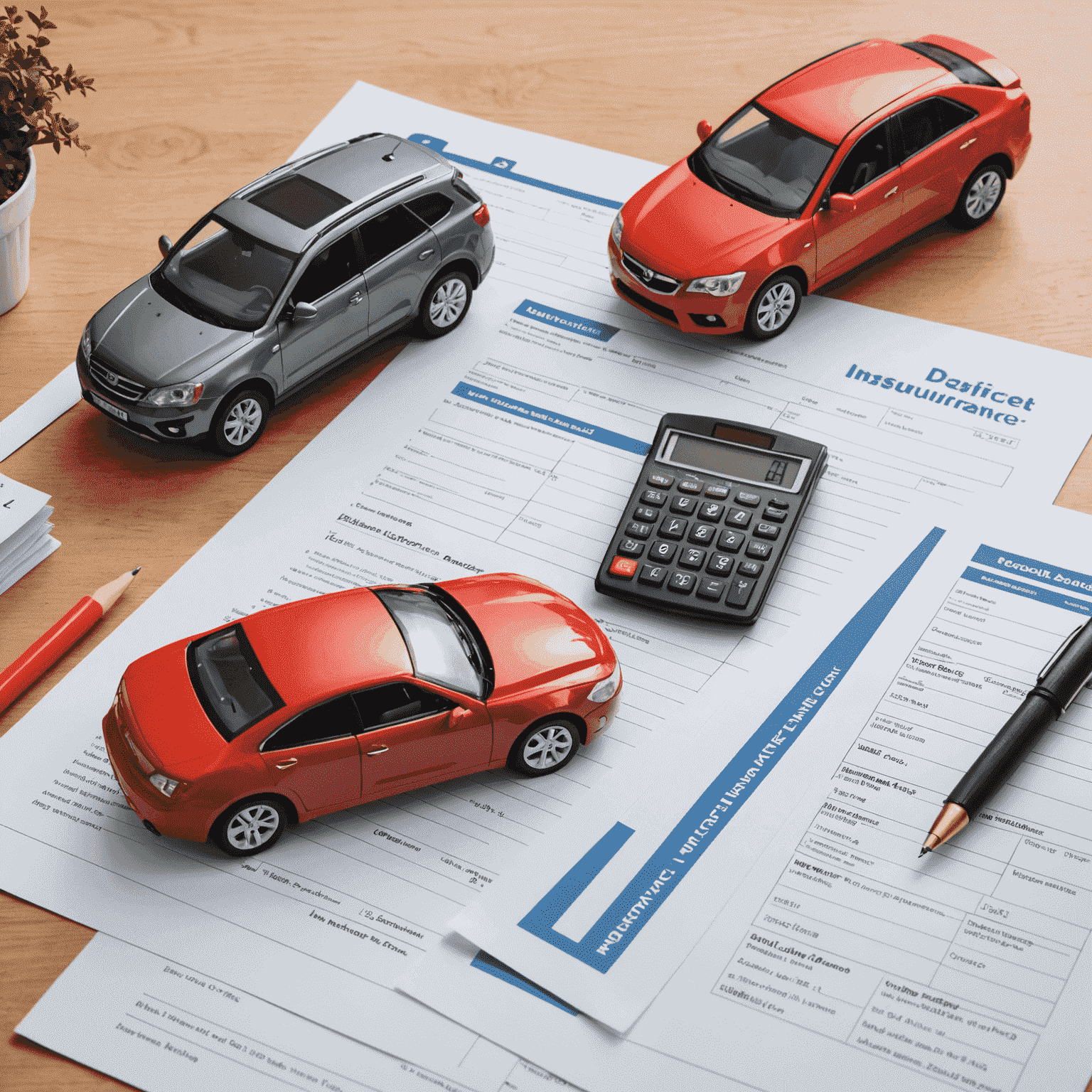Comparing Auto Insurance Policies: A Comprehensive Guide

Navigating the world of auto insurance in Canada can be overwhelming. With numerous companies offering a variety of policies, how do you ensure you're getting the best deal? This guide will walk you through the process of effectively comparing auto insurance offers from different Canadian companies.
1. Understand Your Coverage Needs
Before you start comparing, it's crucial to understand what coverage you actually need. Consider factors such as:
- The value and age of your vehicle
- Your driving habits and annual mileage
- Your budget for premiums and deductibles
- Any additional drivers or vehicles you need to insure
2. Gather Quotes from Multiple Insurers
Once you know what you need, start collecting quotes from various Canadian insurance companies. Remember to:
- Get at least three quotes for comparison
- Ensure you're comparing the same coverage levels across all quotes
- Consider both direct insurers and insurance brokers
3. Compare Coverage Details
Look beyond just the premium price. Analyze the coverage details, including:
- Liability limits
- Collision and comprehensive coverage
- Deductible amounts
- Additional perks like roadside assistance or rental car coverage
4. Evaluate the Insurance Company
The insurer's reputation is just as important as the policy itself. Consider:
- Financial stability and ratings
- Customer service reviews
- Claims process and satisfaction ratings
5. Look for Discounts
Many insurers offer discounts that can significantly reduce your premium. Common discounts include:
- Multi-policy discounts (bundling auto with home insurance)
- Safe driver discounts
- Anti-theft device discounts
- Good student discounts
6. Consider the Long-Term Value
While it's tempting to go for the lowest premium, consider the long-term value of the policy. A slightly higher premium might offer better coverage or a lower deductible, potentially saving you money in the event of a claim.
7. Read the Fine Print
Before making a final decision, carefully read through the policy details. Pay attention to:
- Exclusions and limitations
- Cancellation policies
- Claims procedures
Key Takeaway
Comparing auto insurance policies requires careful analysis of coverage, cost, company reputation, and long-term value. By following this comprehensive guide, you'll be well-equipped to make an informed decision and find the best auto insurance policy for your needs in Canada.
Remember, the best insurance policy is one that provides adequate coverage for your specific needs at a price you can afford. Take your time, do your research, and don't hesitate to ask questions when comparing auto insurance offers.